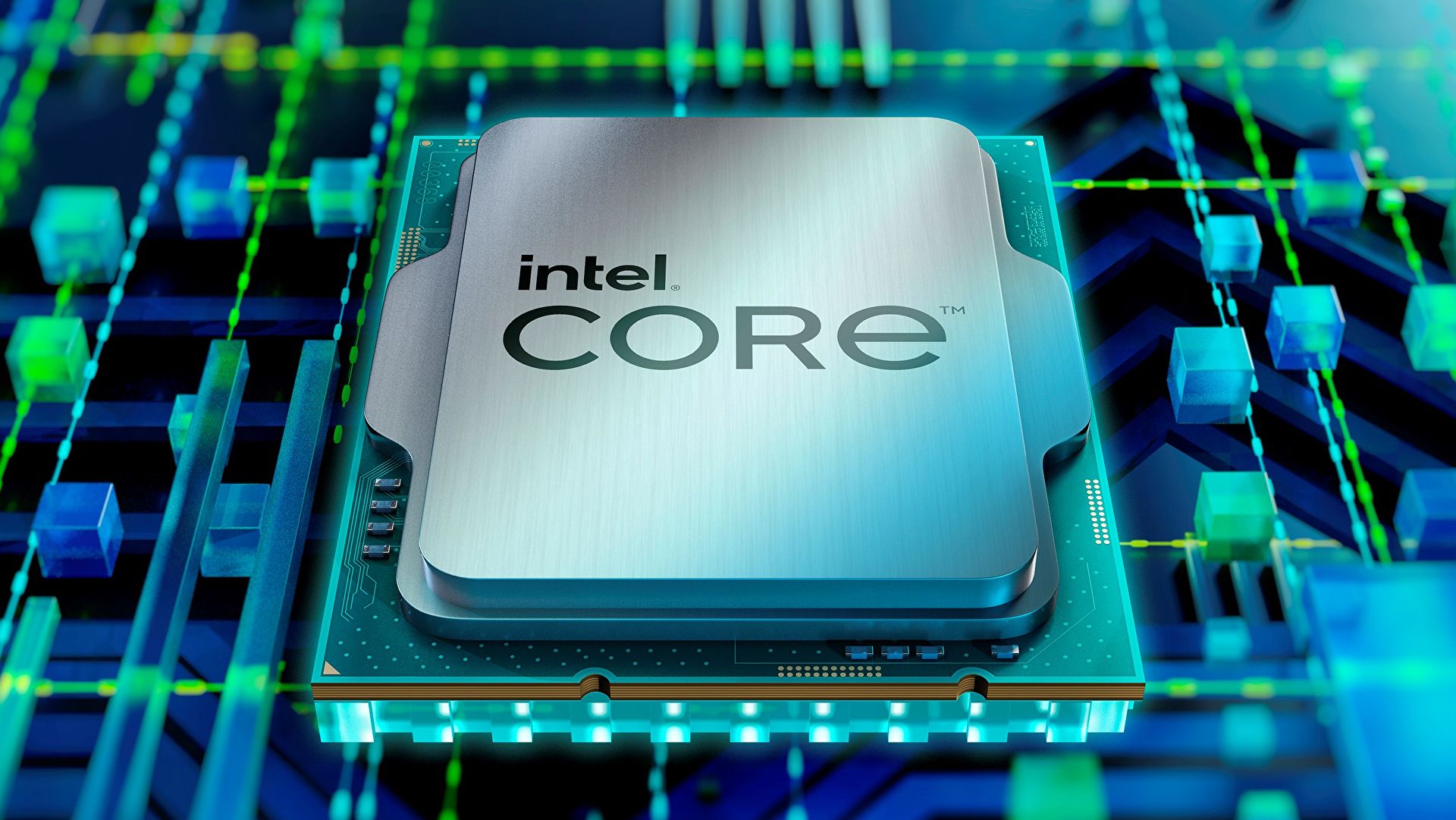I was curious about exactly how the Intel 12th gen efficiency cores compare to the performance cores, so I wrote a script that runs Geekbench 5 against each individual core. I chose Geekbench for this test because it offers a nice mix of real-world algorithms rather than an arbitrary synthetic mix of computations. Here are the results for an i7-12700h running in an Asus Vivobook S 14X.
Cores #0-5 are the six native performance cores (hyperthreaded cores excluded); cores #12-19 are the eight efficiency cores. Core #0 is the 100% baseline.
Based on these results the efficiency cores are 62% as fast as the performance cores on a i7-12700h.
Note how cores #4 and #5 are faster than the other four performance cores - these are the "favored cores" on this particular CPU die. See Intel Turbo Boost Max Technology 3 for details.
Here is a link to my GitHub repository if anyone would like to run this test on their setup as well. It runs under Linux.
https://github.com/horshack-dpreview/GeekbenchAutomationTools
Code:
Summary of results
-----------------------------------------------
Core # 0: Average=1771.00 *** Baseline ***
Core # 1: Average=1770.50 vs Baseline: 99.97%
Core # 2: Average=1767.33 vs Baseline: 99.79%
Core # 3: Average=1749.00 vs Baseline: 98.75%
Core # 4: Average=1844.16 vs Baseline: 104.13%
Core # 5: Average=1843.66 vs Baseline: 104.10%
Core #12: Average=1091.66 vs Baseline: 61.64%
Core #13: Average=1097.66 vs Baseline: 61.97%
Core #14: Average=1096.50 vs Baseline: 61.91%
Core #15: Average=1098.50 vs Baseline: 62.02%
Core #16: Average=1097.83 vs Baseline: 61.98%
Core #17: Average=1095.50 vs Baseline: 61.85%
Core #18: Average=1097.16 vs Baseline: 61.95%
Core #19: Average=1096.33 vs Baseline: 61.90%Cores #0-5 are the six native performance cores (hyperthreaded cores excluded); cores #12-19 are the eight efficiency cores. Core #0 is the 100% baseline.
Based on these results the efficiency cores are 62% as fast as the performance cores on a i7-12700h.
Note how cores #4 and #5 are faster than the other four performance cores - these are the "favored cores" on this particular CPU die. See Intel Turbo Boost Max Technology 3 for details.
Here is a link to my GitHub repository if anyone would like to run this test on their setup as well. It runs under Linux.
https://github.com/horshack-dpreview/GeekbenchAutomationTools




